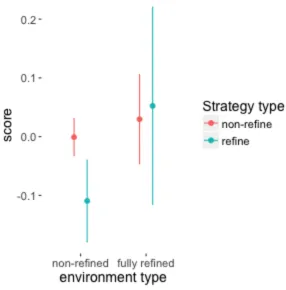Understanding human culture : theoretical and experimental studies of cumulative culture
Full text
Figure




Related documents
NEHRP 2003, ASCE 7‐05, and IBC 2006 provisions have created additional rows in the table of seismic design coefficients, under bearing
Accordingly, it could be stated that the students don’t prefer the codes “I learn English words with their antonyms and synonyms”, “I solve various English tests,
This essay asserts that to effectively degrade and ultimately destroy the Islamic State of Iraq and Syria (ISIS), and to topple the Bashar al-Assad’s regime, the international
National Conference on Technical Vocational Education, Training and Skills Development: A Roadmap for Empowerment (Dec. 2008): Ministry of Human Resource Development, Department
However, obtaining bacterial genomic information is not always trivial: the target bacteria may be difficult-to-culture or uncultured, and may be found within samples containing
On their front or longitudinal sides, the bus bars 2, 3 also present connection tabs 6, 7 which are disposed such as to be also fixed to the edge of the printed circuit board1.
innovation in payment systems, in particular the infrastructure used to operate payment systems, in the interests of service-users 3.. to ensure that payment systems
• Reduce or slow down increase of healthcare costs • Improve interaction between patients and doctors • Enable people to take better care of their own health • Provide (better)





